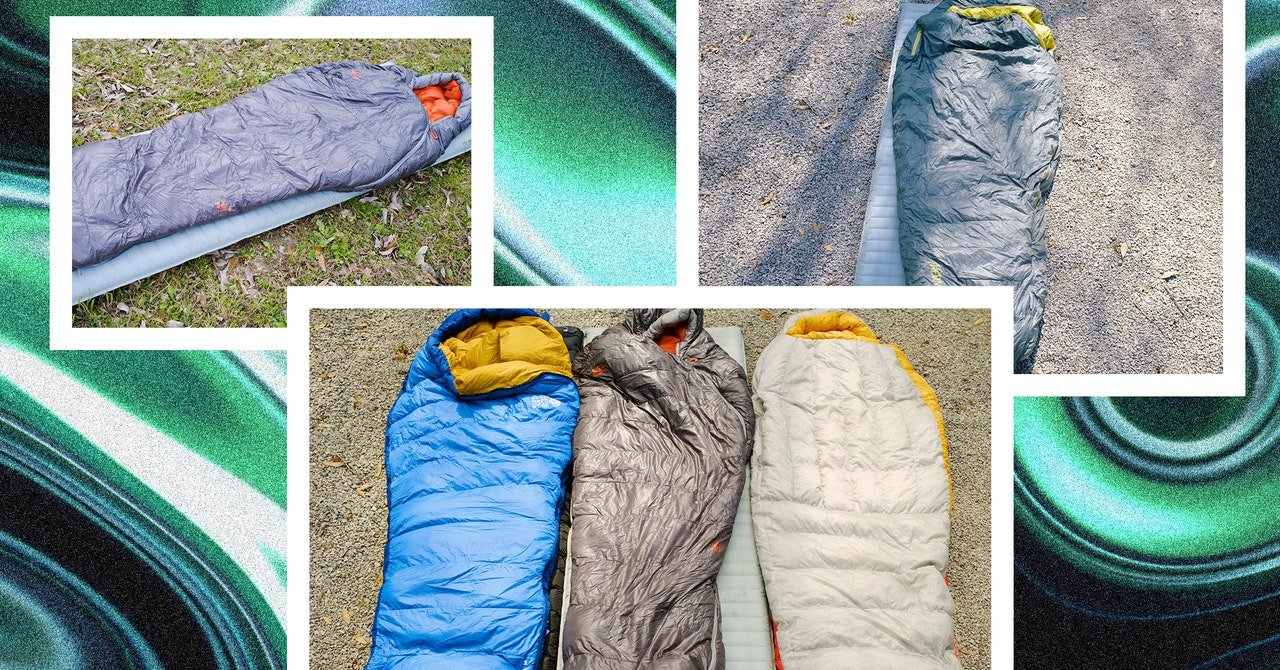

What I like most about this bag, and nearly all of Nemo’s sleeping bags, is the wider cut through the torso area down to the knees. Like the Therm-a-Rest Questar above, this bag is almost a hybrid of a mummy bag and your father’s good old 1970s square sleeping bag. Which is to say, this bag is roomy. The downside is that there’s more dead space your body has to heat, but as someone who sleeps warm anyway, I’ll take the extra room.
Specs:
- Temp rating: -20°F / -7°C
- Comfort rating: 30°F / -1.1°C
- Fill: Synthetic
How to Pick the Perfect Sleeping Bag
A sleeping bag is typically one of the most expensive pieces of camping gear you’ll buy. If none of our picks strike your fancy, here are some general guidelines.
How Will You Use Your Sleeping Bag?
Are you car camping? Thru-hiking the PCT? Headed out overnight in the August heat? Plotting a winter ski traverse of the Karakoram Himalaya? Which sleeping bag is right for you depends on how you’re going to use it, especially the temperatures you plan to camp or backpack in, and how you sleep—hot, cold, in between.
Unfortunately, there isn’t an ideal sleeping bag that works in all climates. If you encounter a wide range of conditions in your camping, I would consider two bags. Get one nice down bag for colder conditions and a cheaper, lightweight synthetic-fill bag for summer use.
As with most things in the outdoor world, you’re going to pay more for lightweight materials, so if you don’t need them because, for example, you’re just car camping, don’t pay extra for an ultralight bag. Maybe don’t even pay for a down bag. Synthetic bags are generally the best budget sleeping options for those camping in the heat.
By the same token, if you’re primarily a summer hiker, doing the Appalachian Trail in sections, you don’t need a 0-degree bag. Identify your use and then look for a sleeping bag that suits you best. Also, take the temperature rating with a grain of salt. Everyone sleeps differently. I almost always sleep warm, which means I don’t need a 0-degree bag in anything but the harshest situation. My colleague Adrienne So is roughly the opposite and uses a 0-degree bag in 40-degree weather. Neither one of us is “right,” we’ve just learned to shop around how we sleep.
Sleeping Bag Insulation Types
There are two types of insulation used in today’s sleeping bags, down feathers and synthetic fibers. Down comes primarily from geese and ducks. Synthetics range from nylon to polyester. The insulation works by creating pockets of air, either through the structure of a feather or the structure of a synthetic fiber. These pockets of air then trap your body heat, keeping it close, and you warm. The more loft there is—the more air pockets there are—the warmer you will be and the lower the sleeping bag’s temperature rating will be.
In most situations, a down sleeping bag is the superior choice. It’s warmer for the weight, packs smaller, and is lighter. Where down fails is when it gets wet. Wet down is generally useless—all those air pockets that trap heat are gone. Synthetics on the other hand retain more warmth when wet. No one wants to sleep in a wet sleeping bag, but if you think that’s a possibility, synthetic is the way to go.






